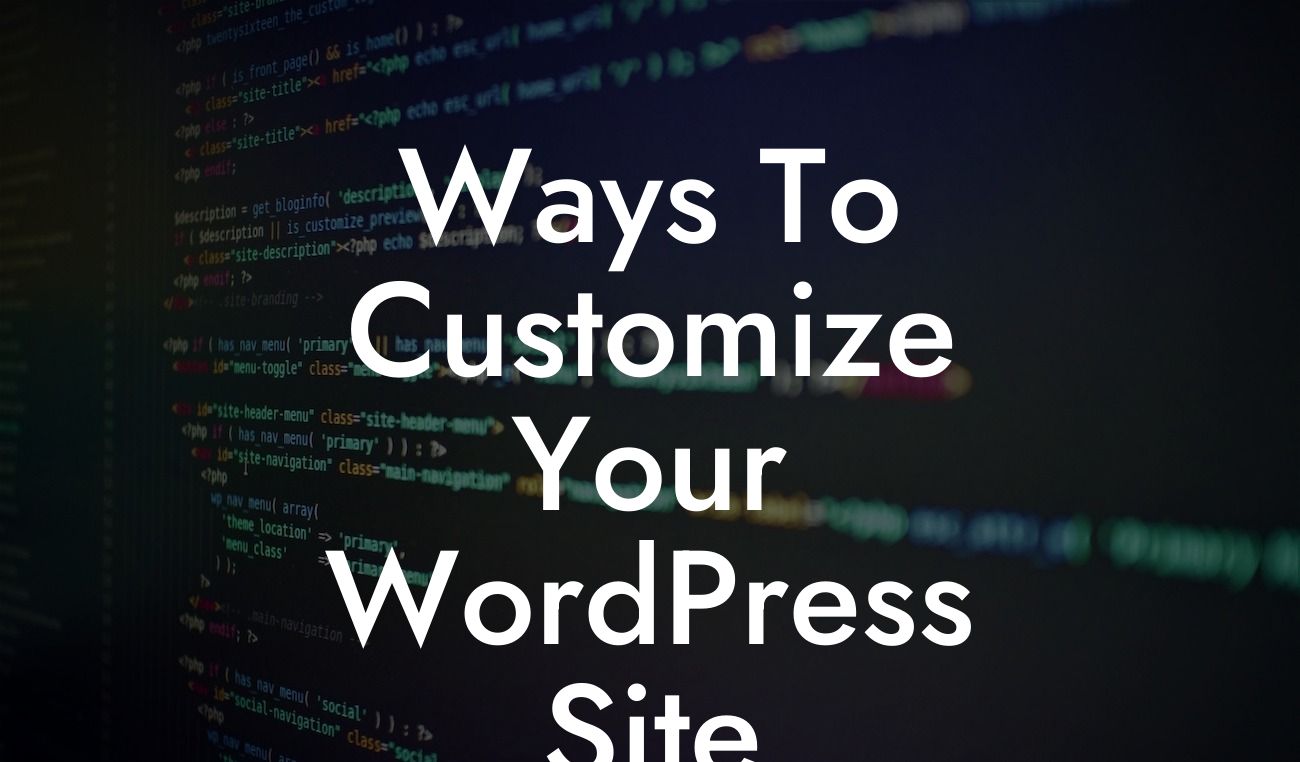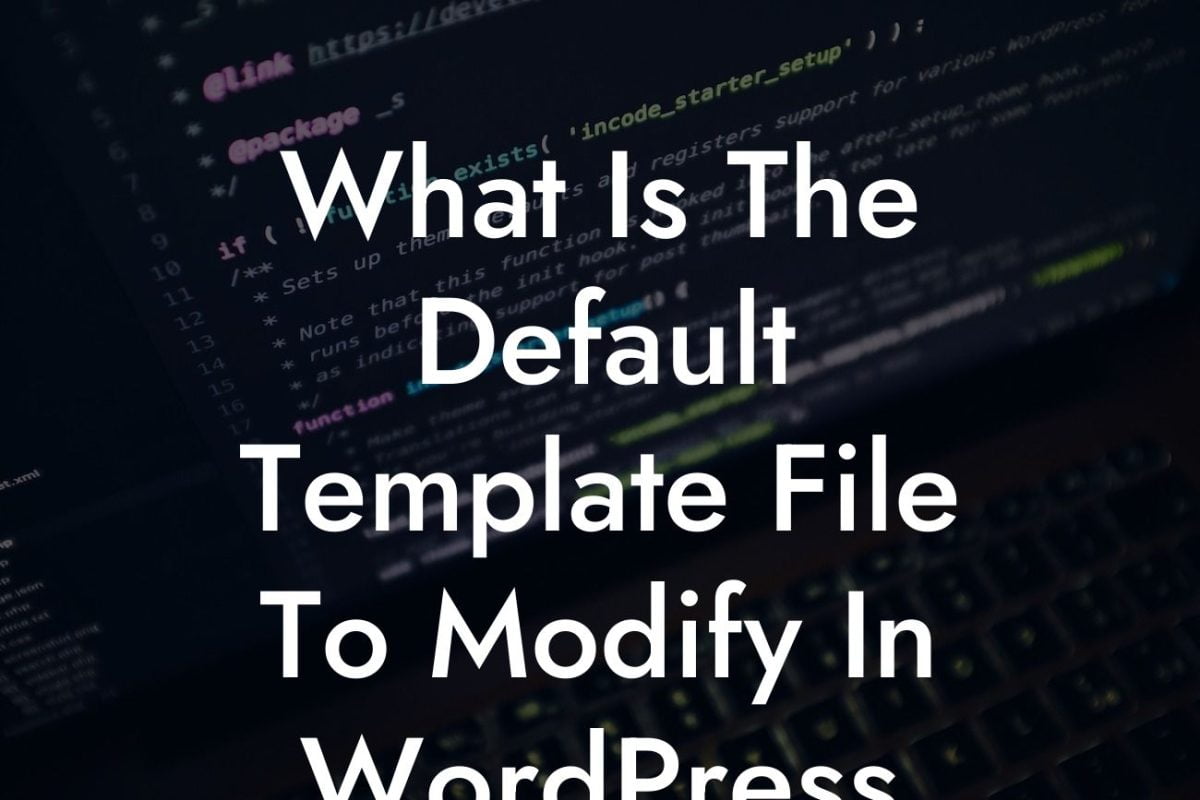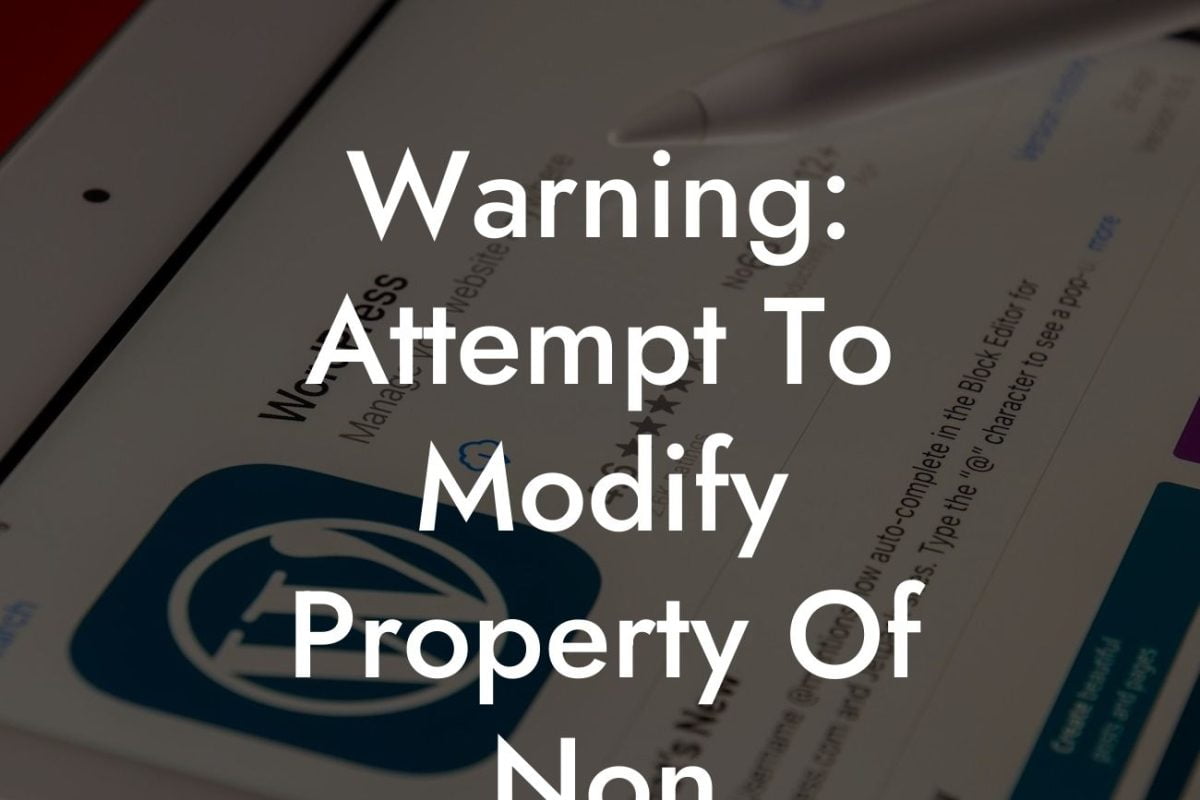Are you ready to take your small business or entrepreneurial venture to the next level? Look no further than DamnWoo, where we specialize in creating amazing WordPress plugins designed exclusively for small businesses like yours. In this blog post, we'll delve into the important topic of changing files to WordPress and guide you through the process step by step. Get ready to elevate your online presence and supercharge your success!
Changing your website to WordPress can be an exciting and transformative experience. But before you embark on this journey, it's crucial to understand where to copy the necessary files. Let's dive right in with the following essential steps:
1. Backup Your Current Website:
Before making any changes, it's essential to create a backup of your existing website. This ensures you have a safety net in case anything goes wrong during the transition to WordPress. Use a reliable backup plugin or consult your hosting provider for assistance.
2. Set Up a Local Environment:
Looking For a Custom QuickBook Integration?
To prevent any downtime or disruption to your live website, it's recommended to set up a local environment where you can safely copy and test your files. Install a local server environment such as XAMPP or WAMP on your computer, then mirror your site's structure and database.
3. Download and Install WordPress:
Head over to the official WordPress website and download the latest version. Extract the files and copy them to your local environment's folder. Run the installation process and follow the on-screen instructions to set up your WordPress site.
4. Copy Your Website Files:
Locate your current website's files on your server and copy them to your local environment. This typically includes the HTML, CSS, JavaScript, images, and other media files. Ensure you maintain the same folder structure to ensure a smooth transition.
5. Migrate Your Database:
Export your current website's database, which usually involves creating an SQL file. In your local environment, create a new database and import the SQL file. Make any necessary configuration adjustments in the WordPress settings to match the new database details.
Where Do You Copy Files To Change To Wordpress Example:
Let's say you currently have a website built with a different content management system (CMS) like Joomla. To switch to WordPress, back up your Joomla website, set up a local environment on your computer, download and install WordPress, copy your Joomla files to the local environment, and migrate your existing Joomla database to WordPress. This process ensures you retain your website's content, design, and functionality while using WordPress as your CMS.
Congratulations! You're now equipped with the knowledge to smoothly copy files and change to WordPress. Elevate your online presence and empower your small business or entrepreneurial venture with DamnWoo's incredible WordPress plugins. Don't forget to share this article with others who may benefit from our insights. Explore our other guides on DamnWoo to embark on a journey of limitless possibilities. And when you're ready, try out one of our awesome plugins to take your website to new heights. Cheers to your continued success!













